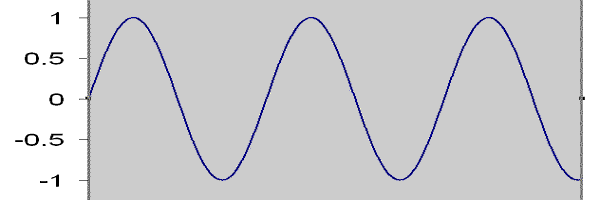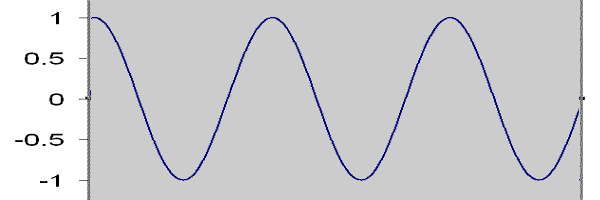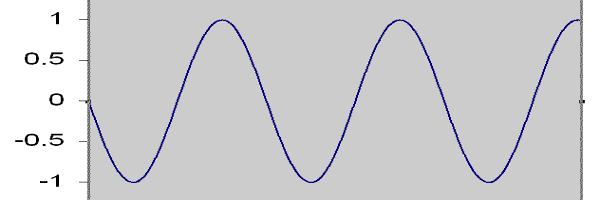http://reasonproducts.com/ssm/
Has anyone heard of or used this surround sound microphone with their camcorder?
It says it records Dolby ProLogic surround sound.
If I understand it correctly, any stereo sound file can contain 'information' that can be decoded by any dolby prologic system into surround sound(left, center, right, and 1 rear channel).
But what I don't understand is how it 'folds' and 'unfolds' the rear channel.
I've read that the channel seperation is poor, but how poor is it?
I have a surround sound system with pro logic and I have heard a hum coming from the rear speakers when watching shows like stargate or startrek. A background hum works well for those shows, but what other types of sounds work well pro logic surround?
I've also read that Pro Logic II is suppose to enhance a pro logic signal. Does it?
I hope someone can explain this to me and help me decided if I should buy this microphone.
Thank you.
+ Reply to Thread
Results 1 to 9 of 9
-
-
My thoughts:
1. It doesn't "record"--your camcorder does that. It just will matrix the sound into the standard stereo channels available on all camcorders.
2. It claims to matrix it for surround playback with Dolby Pro-Logic decoders and receivers--Guess what, it's NOT listed as a licensed manufacturer with Dolby. That means that it's "guessing" at the Dolby Surround encoding matrix (probably to save money), and may not be much better than a well-done regular stereo mike setup. (Remember--Dolby Surround/PLII=Encoders, Dolby Surround/ProLogic/PLII/PLIIx=Decoders)
3. When you playback with Dolby PL (or PL2), since it's not flagged in the digital signal (DV), you have to manually engage the correct PL decoding. Of course, you could do this with ANY stereo material and give it a quasi-surround feel.
4. Something tells me that, even though it's pentagon-shaped, it doesn't really have 5 microphones. Heck, I'd be surprised if it even had 4. My guess is that it's just 2. Why just 2? COST.
5. At $49, that's not just inexpensive, it's CHEAP. As in LOW QUALITY. It's an interesting idea, just bad execution.
6. If you don't care about the sound quality, just the "surround feature" this probably is fine as a quickly setup consumer device. But it won't be that much better than a regular stereo setup (you probably already have the mikes for that) being force-decoded as Surround, even if it isn't encoded that way.
7. Alternatives--(almost all expensive) Holophone, Ambisonics, DSM, Binaural, Ambiophonics...
Too bad, if they only got PLII licensed and made sure to use 4-5 High quality mikes, it would be a great setup. But then, I'd expect it to cost ~$200-1k. Sorry, $49 is a laugh, you can't even get a crappy mono mike (for video) at Radio Shack for that little.
Who knows, they may have better implementations in the future. The best part of their system is the embedded DSP chip that does the surround encoding/matrixing. Unfortunately, that means an extra level of A-to-D and D-to-A, which most people want to avoid.
HTH and Good luck,
Scott -
I'll take your advice and pass on this microphone. I'll look for a good stereo microphone instead.
I'm still not sure how regular stereo sound can be decoded into surround. How does it choose what to put in the rear speakers?
I remember hearing wind noise coming from my rear speakers one time from a home video, but that wasn't something I wanted to be in surround. Is the rear channel in pro logic limited to simple sounds like wind noise or an engine hum? -
it has nothing to do with the sound itself but where in the soundfield it is placed. Sounds that are placed farther in the left or right channels are the ones that are going to be placed more in the surround channels.
-
So by 'farther in the left channel', you mean the sounds that are closer to the left speaker than the right speaker?
-
Actually, sounds that are fully [L] or [R] will most likely be just [L] or [R]. This should be true whether it IS or ISN'T Dolby encoded, or whether it IS or ISN'T Dolby decoded.
The sounds that make it to the [S] channel will be sounds that are in both [L] and [R] channels, but have OPPOSITE phase. Similarly, if they're in both [L] and [R] and are IN-phase, will be in the [C] channel.
Scott -
Has to do with the relationship between a signal's intensity, its timing and its relationship to the positive or negative polarity of the signal.
Here--rather than having to explain more, let me show you:
Pic #1 Example Signal (In Phase)

Pic #2 Example Signal (Phase Shifted by arbitrary amount)

Pic #3 Example Signal (Phase Shifted by exactly amount to make that signal be 180° out of phase for that frequency) AKA Opposite polarity.

HTH,
Scott -
More simply put... If you record a left and right channel out of phase with one another, while one speaker is pushing air, the other is pulling air. The two together cancel each other out, more or less. That's why the matrixed surround information isn't noticed when playing it back in stereo. Coincidentally, that's how noise cancellation headphones work, they sample the environment around you and then add that sound out of phase into your audio your listening to, cancelling-out the outside noise.Originally Posted by Tyler2000
It would be nice to see that microphone in a Dolby Pro Logic II variant.Your miserable life is not worth the reversal of a Custer decision.
Similar Threads
-
Surround Sound in Movies
By therock003 in forum AudioReplies: 36Last Post: 1st Jun 2012, 05:50 -
What is the best virtual surround sound from a motherboard or a sound-card?
By MarcMiller in forum ComputerReplies: 0Last Post: 19th Jan 2012, 21:03 -
Need Help Encoding: Surround Sound Goes Away
By antiwebbite in forum AudioReplies: 3Last Post: 9th Jun 2010, 18:48 -
Surround Sound Separate
By kwalitykontrol in forum AudioReplies: 1Last Post: 31st Mar 2008, 23:01 -
Sound Settings - Recording with Microphone, can't hear Myself
By Jenny in forum MacReplies: 4Last Post: 19th May 2007, 12:30




 Quote
Quote